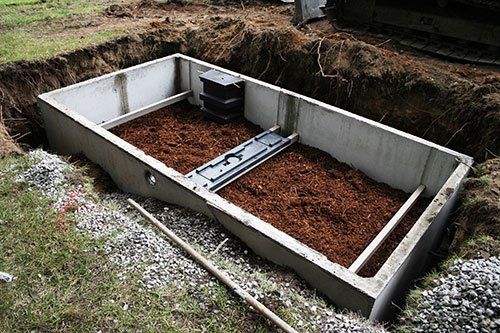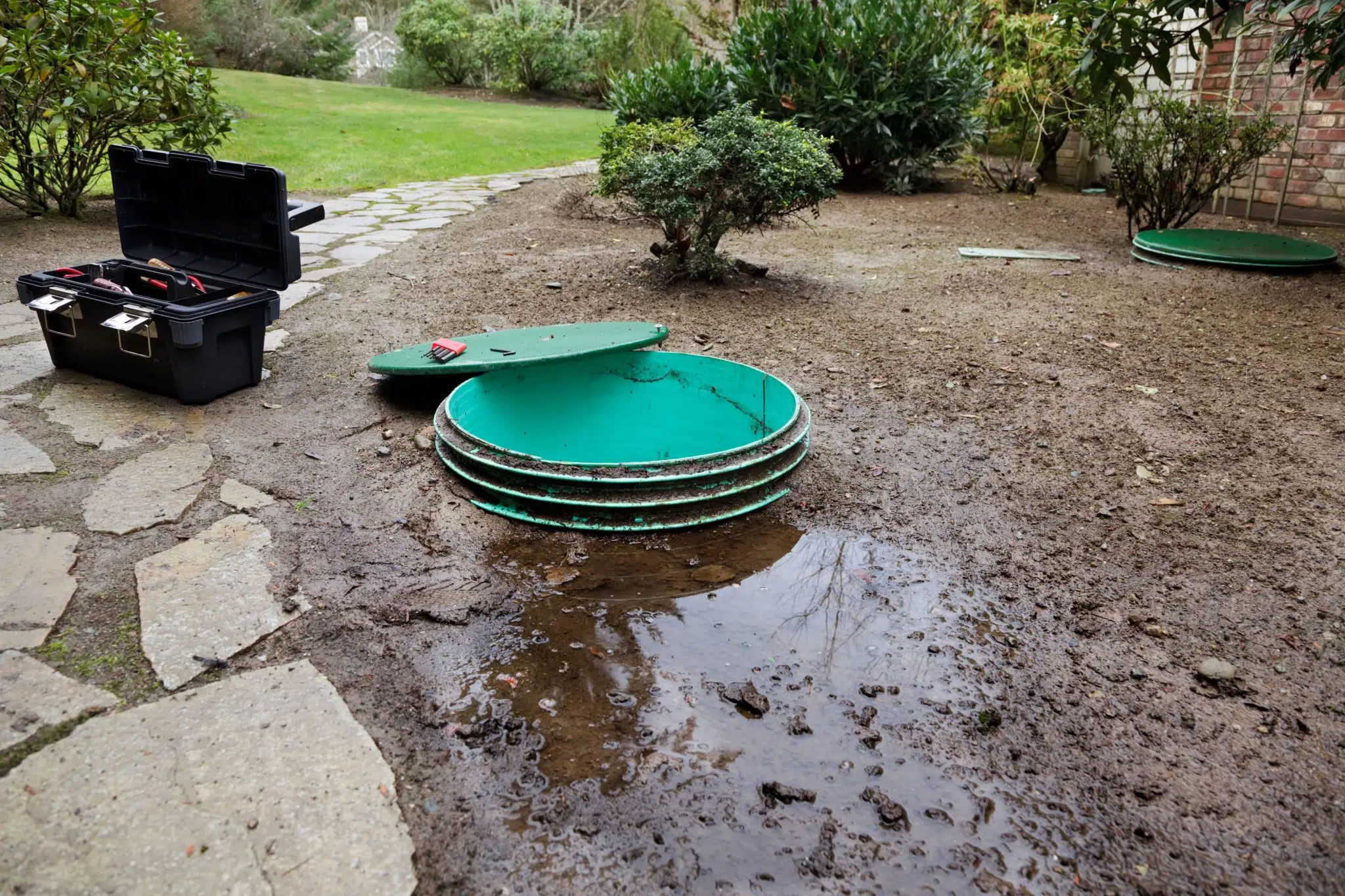Expert Septic Tank Pumping Companies: Guaranteeing Your System's Health
Wiki Article
Decoding the Language of Sewage-disposal Tank Providers: A Reference of Terms for Clear Communication and Comprehending
In this article, we'll aid you decipher the language of septic tank services with a handy reference of terms. From understanding the fundamentals of your septic tank to dealing with sludge accumulation, we'll provide clear descriptions to make certain clear communication and understanding.Sewage-disposal Tank: Recognizing the Fundamentals

If you are strange with septic tanks, they are underground containers that hold and deal with wastewater from your family. These containers are an important part of your home's plumbing system, in charge of safely and efficiently managing the waste created by your everyday activities. Recognizing the fundamentals of septic systems is important in order to ensure their appropriate performance and avoid costly repairs.
A septic tank is composed of 2 main components: the container itself and the drainfield. The solids clear up at the bottom of the tank, developing a layer of sludge, while the liquids, recognized as effluent, increase to the top.
Regular maintenance of your sewage-disposal tank is necessary to stop issues such as clogs, backups, and system failures. It is advised to have your tank pumped every 3 to 5 years, depending on its dimension and usage. In addition, it is important to be conscious of what you flush away and toilets, as particular chemicals and materials can hurt the bacterial balance in the tank.
Drainpipe Field: The Function of Soil in Garbage Disposal
To maintain the proper performance of your sewage-disposal tank system, it is important to recognize the function of the drainpipe area in waste disposal and just how the bordering dirt plays an essential role in this process. The drainpipe field, additionally recognized as the leach area or absorption area, is a crucial part of a septic system. Its primary feature is to filter and deal with the wastewater that drains of the septic tank.As soon as the wastewater leaves the septic system, it is dispersed uniformly across the drainpipe area via a network of pipelines or trenches. The drainpipe area contains a layer of crushed rock or rock, which assists to disperse the wastewater uniformly and advertise reliable purification. Below the crushed rock layer, there is a layer of dirt that functions as an all-natural filter.
The dirt in the drain area plays an important duty in the therapy of wastewater. As the wastewater percolates through the dirt, it undergoes a natural process of purification and filtration. The dirt acts as a physical and organic filter, removing damaging bacteria, viruses, and various other contaminants from the wastewater.
The composition and top quality of the soil are vital for the reliable performance of the drain field - septic tank pumping. The dirt must have excellent percolation prices to allow the wastewater to relocate with it conveniently. Furthermore, the soil should have sufficient oxygen levels to sustain the development of cardio microorganisms, which aid in the malfunction of natural matter in the wastewater

Effluent: the Liquid Waste From Your Septic Tank
As the wastewater leaves the drainpipe area, it is recognized as effluent, and it is necessary to recognize the characteristics and monitoring of this fluid waste from your septic tank. Effluent is the term utilized to define the treated wastewater that drains of your septic system and right into the drain field. septic tank pumping. This fluid waste consists of a combination of water, natural matter, and dissolved solidsEffluent should be clear and free of any type of unpleasant odors. It might be an indication of a trouble with your septic system if you notice any foul scents or staining. Regular maintenance and pumping of your septic container can aid make certain that the effluent stays totally free and clean from contaminants.
Proper administration of effluent is essential to stop contamination of the Related Site surrounding environment. The drain field is designed to filter and treat the effluent before it gets in the soil. It is essential to stay clear of any tasks that could possibly damage the drain area, such as car parking cars or planting trees with deep origin systems.
Sludge: Managing Solid Waste Build-up
When taking care of strong waste build-up in your septic system, correct monitoring of sludge is vital. Sludge refers to the thick layer of solid waste that accumulates at the end of your septic system in time. If not handled effectively, sludge can create various issues, such as blocking, backups, and also system failing.Normal maintenance is vital to stop sludge accumulation. It is recommended to have your septic storage tank pumped every 3 to five years, depending upon the dimension of your home and the container's capacity. Pumping eliminates the collected sludge, enabling your septic tank to function effectively.
In enhancement to normal pumping, there are a few actions you can require to lessen sludge build-up. First, bear in mind what you flush away. Stay clear of getting rid of non-biodegradable things, such as paper towels, diapers, and hygienic items. These can add to sludge accumulation. Second, consider using septic-safe items that will not interrupt the all-natural bacterial equilibrium in your system.
Pumping: Maintaining the Wellness of Your Septic Tank
Keep the health of your septic tank by consistently pumping it. Over time, solid waste and sludge build up in the container, which can lead to clogs, back-ups, and even system failure.The regularity of pumping depends on different variables such as the size of the container, the number of passengers in your household, and the use of water. On standard, septic tanks should be pumped every 3 to five years.
Verdict
So there you have it: a handy reference of terms to help you much better understand the language of sewage-disposal tank services. Whether it's discovering the fundamentals of sewage-disposal tanks, recognizing the role of the drain area, or knowing exactly how to take care of sludge buildup, this glossary will certainly guarantee clear interaction and a much better understanding of your septic system. Maintain these terms in mind to keep the health and performance of your sewage-disposal tank.A septic container consists of two main elements: the storage tank itself and the drainfield.Normal upkeep of your septic storage tank is vital to stop problems use this link such as blockages, back-ups, and system failings.To maintain the proper functionality of your septic storage tank system, it is vital to comprehend the function of the drainpipe field in waste disposal and how the bordering dirt plays a vital duty in this procedure. It is suggested to have your septic storage tank pumped every three to 5 years, depending on the size of your house and the container's i was reading this capability. Whether it's finding out concerning the fundamentals of septic tanks, comprehending the role of the drainpipe field, or understanding just how to deal with sludge build-up, this glossary will certainly guarantee clear interaction and a better understanding of your septic system.
Report this wiki page